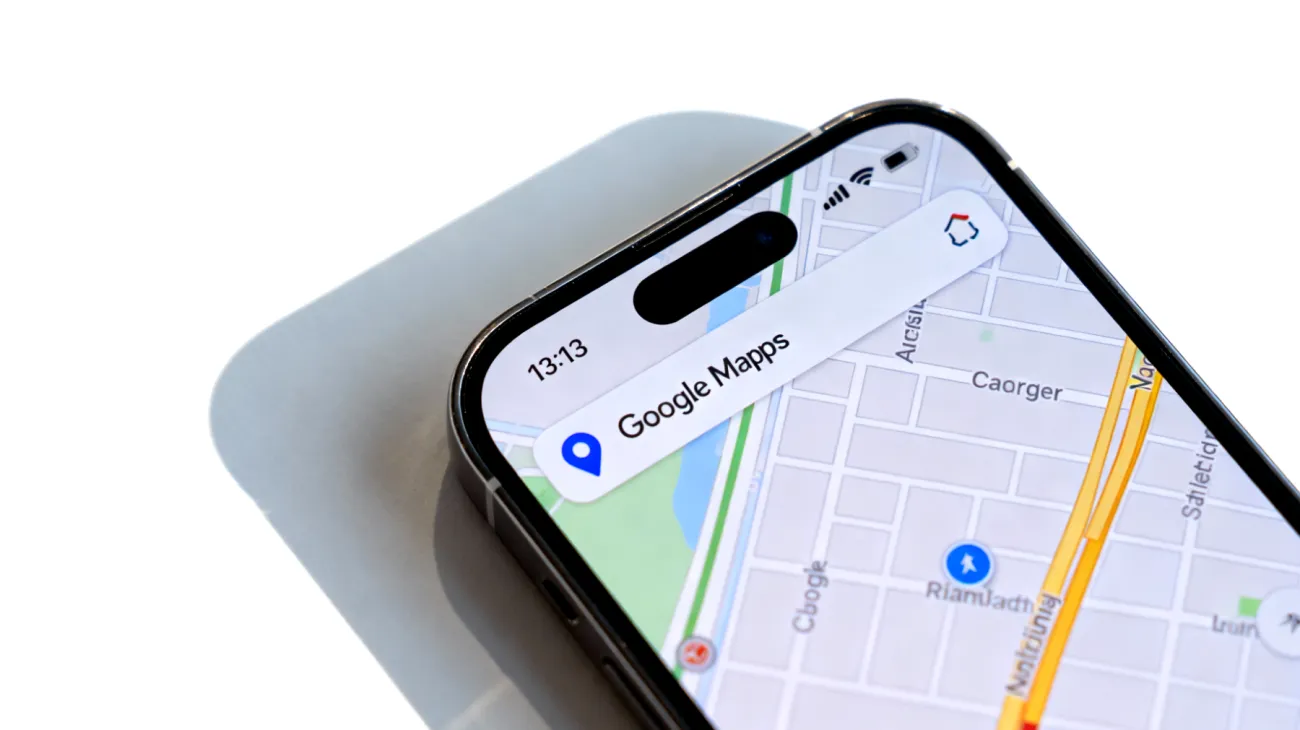Your daily commute through Dubai’s bustling streets shouldn’t be hindered by a sluggish Google Maps experience. Whether you’re navigating from Downtown to Dubai Marina or exploring the winding roads of Hatta, a slow-performing navigation app can turn a simple journey into a frustrating ordeal. The good news? You can improve your Google Maps performance with several strategic optimizations that are often overlooked.
Transform Your Navigation with Offline Maps
The UAE’s mobile infrastructure is among the world’s best, yet coverage gaps exist in locations such as parking garages, remote desert areas, and some large indoor spaces. Downloading offline maps for your most frequented areas provides reliable access to navigation even when connectivity temporarily drops. Google Maps offline mode allows users to store selected regions locally, ensuring continued navigation without active data coverage.
Navigate to your Google Maps settings and select “Offline maps.” Download areas covering your home, workplace, and regular destinations like Dubai Mall, Abu Dhabi Corniche, or Sharjah University City. The storage space required for each offline area typically ranges from 100 to 200 MB, depending on the size of the selected region and detail level. These offline maps offer smoother route calculations and uninterrupted operation during poor network conditions, which becomes especially noticeable during rush hours when local network congestion can delay real-time app performance.
Strategic Offline Coverage Planning
Review your weekly movement patterns to anticipate coverage needs. If you frequently travel between emirates for business, download corridor maps covering major highways like Sheikh Mohammed Bin Zayed Road and Emirates Road. These are the busiest routes, with daily inter-emirate commutes regularly straining infrastructure. This proactive approach reduces the risk of coverage drop-outs during peak hours or large-scale events.
Cache Management: Your Hidden Performance Killer
Google Maps accumulates cache data over time, including map tiles, location histories, and route preferences, which can occupy several gigabytes, especially on active devices. This accumulation of cache and unnecessary temporary files degrades responsiveness, particularly on phones with limited storage or older hardware.
Regularly clearing the app cache is recommended, especially if you notice lag or sluggishness. Access your device’s application settings, locate Google Maps, and select “Storage.” Clear the cache, but remember that clearing app data also deletes offline maps, which will need to be re-downloaded. Schedule this maintenance during Wi-Fi connectivity to avoid mobile data consumption.
The Performance Impact Numbers
Clearing accumulated cache and unnecessary data can result in faster app loading and smoother operation, especially on low-storage devices. Device responsiveness and app loading times improve with reduced cache size, though the actual improvement varies widely by device and user habits. Route calculation speeds improve noticeably, particularly when searching for complex destinations with multiple waypoints, which is essential for delivery professionals or real estate agents covering extensive areas across the UAE.
Location History: Privacy Meets Performance
Google’s Location History stores a record of movements in the background, maintaining a detailed timeline. This feature requires periodic background processing and can contribute to modest increases in battery and resource usage. Each location ping, route deviation, and stop gets logged, creating computational overhead that impacts both battery life and processing resources.

Evaluate your actual usage of Location History features. Most users rarely access their timeline data, making this feature an unnecessary resource drain. Disabling Location History may modestly improve battery life and reduce background processing, which could yield minor improvements in app responsiveness, particularly on devices with limited resources. This becomes especially valuable during weekend desert trips or extended journeys.
Wi-Fi Scanning Optimization Strategy
Modern smartphones frequently scan for Wi-Fi networks, even when using mobile data. Continuous scanning contributes to increased battery drain and minor processing overhead, creating unnecessary background activity that can affect overall device performance.
Disabling Wi-Fi scanning when using only mobile data can reduce unnecessary background processing and battery consumption, potentially improving overall device performance, especially in dense urban environments like Dubai Marina or Abu Dhabi’s Corniche where dozens of networks compete for attention. This focused connectivity approach helps maintain more stable navigation performance under heavy traffic conditions.
Network Prioritization Benefits
A device with a single active network connection, either Wi-Fi or mobile, maintains a more stable and reliable data link, reducing potential delays due to frequent network handovers. This stability translates to more consistent data transmission and improved navigation accuracy, critical factors for real-time route updates in fast-moving highway conditions.
Background App Management Excellence
Running multiple background apps can tax RAM and processor resources, especially on older or budget devices. Navigation demands substantial processing power for real-time calculations, and background applications compete for these same resources, creating performance bottlenecks that manifest as delayed route recalculations and sluggish map rendering.
Before starting navigation sessions, close unnecessary applications including social media apps, games, and streaming services that maintain active background processes. This resource liberation ensures Google Maps has priority access to available RAM and processing power, providing optimal operating conditions during critical navigation moments.
Advanced Performance Monitoring
Monitor your device’s available RAM before major trips. Modern devices with less than 1GB free RAM are more likely to encounter delays or reduced performance in complex, real-time navigation tasks. Consider restarting your device before important journeys to maximize available resources, a practice particularly beneficial for older devices with numerous background tasks.
The collective application of these optimization steps helps ensure a faster, smoother, and more reliable Google Maps navigation experience. Combining proper offline coverage with cache management, app prioritization, and device resource monitoring creates a navigation experience that remains responsive even during the UAE’s peak congestion periods, where daily delays can reach significant levels for Dubai drivers. Your daily commutes become smoother, weekend adventures more reliable, and business travels significantly more efficient across the UAE’s diverse landscape.
Indice dei contenuti

